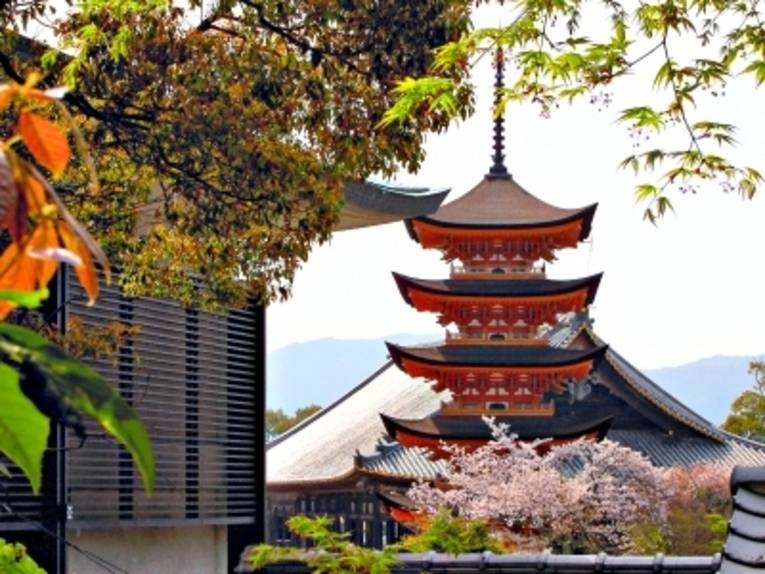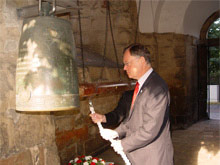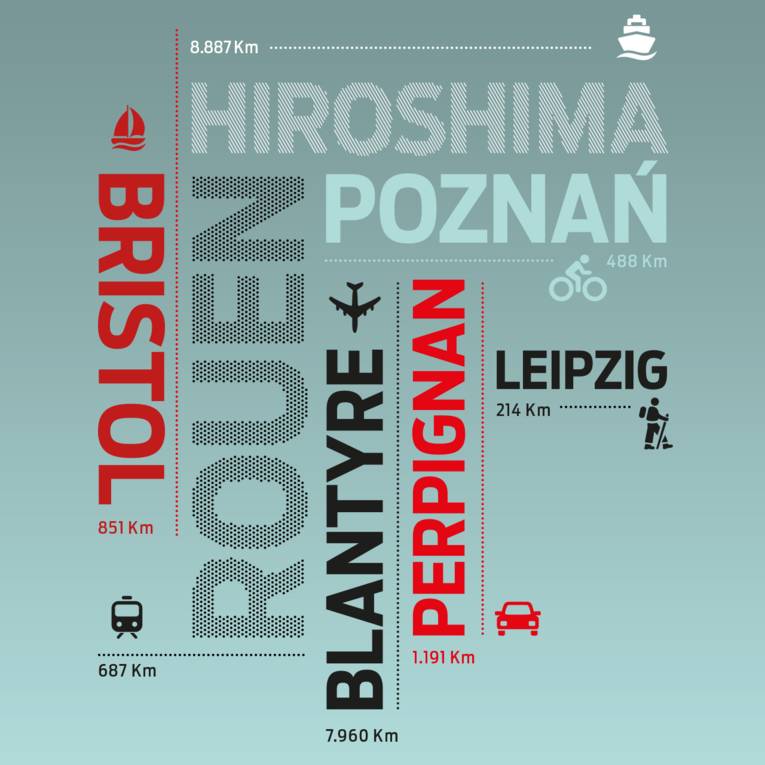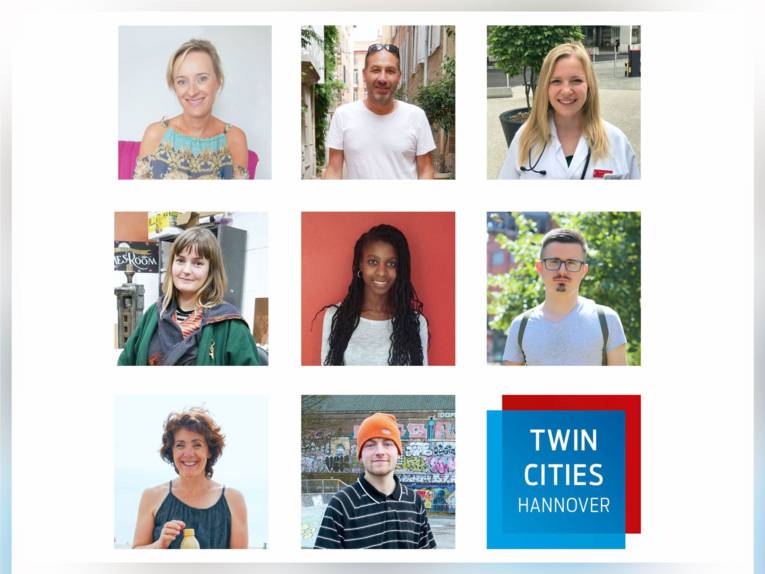Hiroshima, City of International Peace and Culture, was founded in 1589 by the feudal lord Mori Terumoto, who initiated the building of a castle on the delta of the Ota River. On August 6, 1945, at 8:15 o’clock, Hiroshima was destroyed by the first atomic bomb dropped on Japan. After reconstruction, Hiroshima has now over 1.1 million inhabitants. Boasting various museums, parks, temples, and the palace of Hiroshima and Miyajima island, the city offers a rich cultural life and many tourist attractions. It is also an important industrial centre for the automobile industry, fish processing and the production of Sake (rice wine) to name just a few.
How it began: The partnership between Hanover and Hiroshima
On May 27, 1983, the cities of Hiroshima and Hanover sealed their friendship with a twinning agreement. Since then, their relations have been constantly promoted through cultural exchanges, youth exchanges, peace building activities, and many visits between the two cities.
There are three associations in Hanover, which are specific connecting links for this partnership:
- The Friendship Circle Hanover-Hiroshima, which has emerged from the youth meetings,
- the Hiroshima Alliance, which is dedicated to peace work, and
- the German-Japanese Society Chado-kai e.V. This association was founded 24 years ago in order to spread the Japanese culture and take care of the tea house in the city park, which was a gift from Hiroshima to Hanover in 1988.
Other visible signs of the partnership include the Peace Bell in the ruins of Hanover's Aegidienkirche (church) which is struck on the 6th of August every year in remembrance of the atomic bombing, and the Hiroshima-grove on the Bult, where 110 cherry trees were planted to commemorate the 110,000 deaths.
Further Contact:
 Deutsch
Deutsch
 English
English
 中文
中文
 Danish
Danish
 Eesti
Eesti
 Español
Español
 Suomi
Suomi
 Français
Français
 Italiano
Italiano
 日本語
日本語
 한국
한국
 Nederlands
Nederlands
 Norge
Norge
 Polski
Polski
 Portugues
Portugues
 Русский
Русский
 Svenska
Svenska
 Türkçe
Türkçe
 العربية
العربية
 Romanesc
Romanesc
 български
български
 © bildpixel/pixelio.de
© bildpixel/pixelio.de  © bildpixel/pixelio.de
© bildpixel/pixelio.de  © LHH
© LHH  © Kulturbüro Hannover
© Kulturbüro Hannover  © Quelle: Kulturbüro Hannover
© Quelle: Kulturbüro Hannover